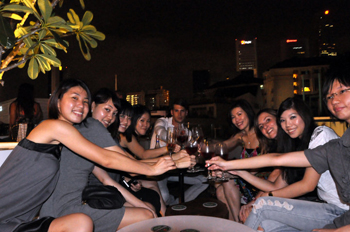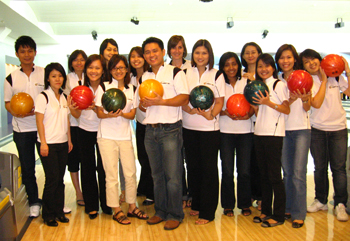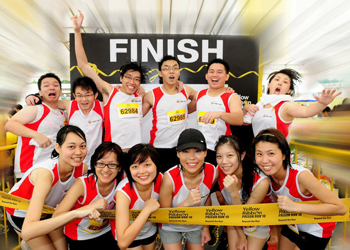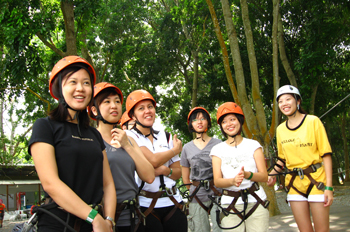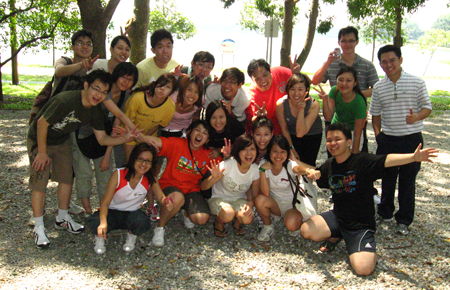Written by Carrie Chen, Marketing Manager at at Verztec Consulting Pte Ltd
The rise of globalization opens up more markets and opportunities. On the flipside, it establishes the pressing need to speak in your customers’ language to get their attention amidst the clutter of ads. Presenting a localized set of marketing collaterals to your prospects or customers has become almost mandatory in today’s marketplace.
It is important to ensure your marketing materials are designed with localization in mind during the conceptualizing stage, so that the same marketing brochure can be localized swiftly and effectively thereafter. Otherwise, more time and effort will be spent on re-creation of the design or localization process, making little economic sense.
Here are five quick tips you can utilize in the creation of marketing brochures intended for localization, without compromising on your corporate identity in the long run.
1. Space matters
Chinese and English are generally more compact in text length. Thus, the translation derived from these languages will often be longer than the source text. Translations may also end up longer because translators sometimes use more words to describe and bring out the nuances and meaning.
The rule of thumb is: Set aside 40% of extra space in your brochure design for the translated content which may take up more text space. You would not want your typesetter to take drastic measures like adding new pages, re-positioning the images, adjusting the line spacing or reducing the font sizes and diverting away from your corporate branding guidelines.
2. Avoid having narrow columns
The Thai language does not use punctuation and has no spaces between words. Breaks only occur between sentences. If you have narrow columns for languages like Thai, Tamil and Burmese, you risk cutting the sentence and conveying a different meaning should the line breaks be made inappropriately.
Languages like Hungarian, Finnish and German use single long words to represent a sequence of shorter words in other languages. For instance, the English phrase “user information for using the escalator” may be translated as “rolltreppenbenutzungshinweise” in German. Having several long words will pose a challenge for layouts with narrow columns. A text with numerous hyphens is also not aesthetically pleasing.
3. Do not capitalize on capitalization
In alphabets with a case distinction i.e. upper case and lower case letters are used, capitalization can be used in the design to emphasize a point. However, it would not work for languages like Arabic, Hebrew, Korean and Japanese which do not use the Roman alphabet. Similarly, the first letters of all German nouns are capitalized so capitalizing German words will not make much of an impact.
Italicizing is not recommended in Asian languages like Korean and Japanese as it may not look pleasing to the eye. Alternatively, you may want to consider BOLDING certain words or use a stronger font colour to highlight the important phrases and points.
4. Avoid country specific information
Different countries have different preferences and formats for presenting dates, addresses, numbers and other figures. For instance, decimal separators are used differently in different locales. Three million dollars is symbolized in different ways as illustrated in the table below.
| English |
French |
Spanish |
| $3,000,000 |
$3 000 000 |
3.000.00,00$ |
As shown in the table below, Japanese and Thai are examples of two cultures where the dates are expressed in significantly different ways from the English format.
| English |
Japanese |
Thai |
| 2000 |
Heisei 12 |
2543 |
Japan employs the Heisei date system. The year 2000, which is the 12th year of the current emperor’s reign is expressed as “Heisei 12”. Thais adopt the Buddhist calendar way of expressing the date, denoting the year 2000 as “2543”.
We may be familiar with using 8/9 to indicate a date. However, this may prove confusing. It could mean 8th September or 9th August, depending on different culture conventions.
That is why for the main body content, it is best to spell out entire words and avoid the use of abbreviations. A one-size fits all approach is hardly applicable in this respect.
5. Support from design applications and fonts
If you intend to utilize in-house resources for design and typesetting of the foreign languages, you have to ensure your design application supports the languages you require for localization. Old programs like Freehand might not support other languages well.
Some languages like Arabic, Hebrew and Urdu read from right-to-left. If you are localizing into these languages, you have to make sure that the software you use can support these languages too.
It is also advisable to research on the font choices when creating the design template. Select fonts that support special characters as some fancy font families do not have this function. If you want to gauge the final design in a foreign language, you can test it out by pasting dummy text (with your selected font and font size) which can be easily obtained by going to websites in that language.
While these guidelines can get you started with localization, you might want to consider working alongside an experienced global content management and localization company instead of mitigating problems later on, which often proves to be costly.
A well-established global content management and localization partner can fully understand your content and localization needs, proactively identify potential issues and provide efficient, cost-effective solutions.







